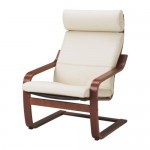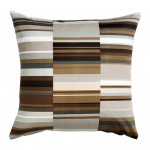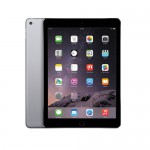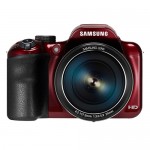iPhone 6s - The only thing that′s changed is everything.
Big screens won.For the past three years, the most meaningful change to the iPhone has been the size of its screen. After years of sticking with a 3.5-inch display and watching Android-powered competitors bite off a piece of the market with ever-larger screens, Apple relented ever-so-slightly with the 4-inch iPhone 5 and 5S, and then finally gave in to obvious trends with the much larger 4.7-inch iPhone 6 and massive 5.5-inch iPhone 6 Plus.Big screens are all people really wanted in a phone; when they couldn′t get big screens from Apple, they bought big screens from Samsung, and when Apple finally put out big screens, Samsung′s sales tanked.So now we have an iPhone with a big screen, with skyrocketing sales. There′s no obvious reason to make it better; almost every major competitor has actually put out multiple high-end phones this year in an effort to compete and it still hasn′t been enough. What′s Apple′s next move?Turns out that the answer isn′t a taller or wider display - it′s a deeper one.
That extra weight comes from 3D Touch, which is the highlight feature of the iPhone 6S. 3D Touch makes the iPhone screen pressure-sensitive, literally adding a new layer of interactions and information to iOS. The iPhone 6S is the third major Apple product line to gain pressure-sensitive touch after the Apple Watch and MacBooks introduced Force Touch, and it is by far the most successful at integrating the feature into the natural flow of the interface.
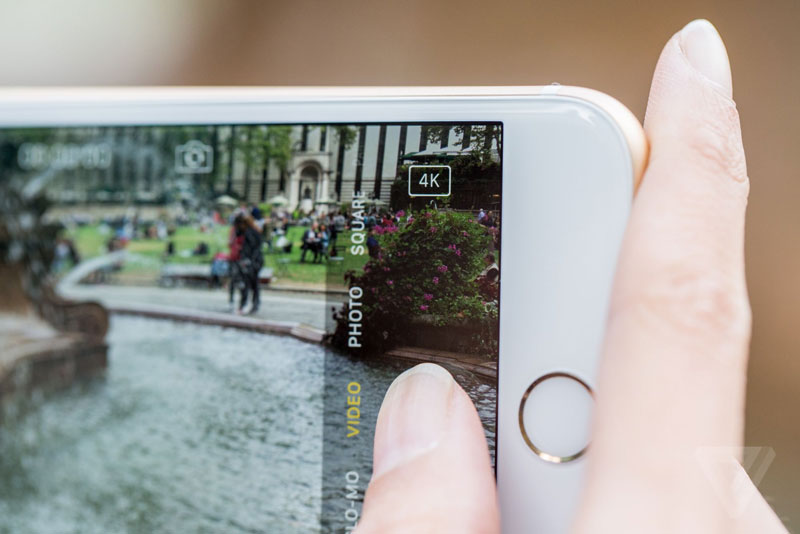
The only other changes to the iPhone 6S really and truly worth discussing in detail are the cameras. I′ve been interested in switching to Android for the better part of a year now, but there isn′t a single Android phone that consistently takes great photos the way the iPhone does. Some take great photos - the Galaxy S6 and Note 6, LG G4, and Sony Xperia Z4 all have excellent cameras - but it′s the consistency that matters. The iPhone takes excellent, realistic photos in virtually every situation, and no other phone comes close.
So the new cameras on the iPhone 6S - a new 5-megapixel front-facing camera, and a 12-megapixel unit on the rear - are a big deal.Apple′s also taken a great idea from Snapchat and improved it with a feature called Retina Flash: the entire screen blinks white when you take a selfie in low light, serving as a makeshift flash. Apple says it′s tuned the screen backlight to go three times brighter than normal when it′s flashing in this way, and it even looks at the color temperature of the scene to color-correct the screen flash in the same way the two-color LED flash on the rear of the phone works. It′s neat, and it works well. You will be the monster taking selfies with a flashing white screen in the bar, but you′ll be the monster with usable pictures the next day.
5 Comments To "iPhone 6s - The only thing that′s changed is everything."
Write a comment
Note: HTML is not translated!
Powered by OpenCart Made by ThemeGlobal - OpenCart Template Club
